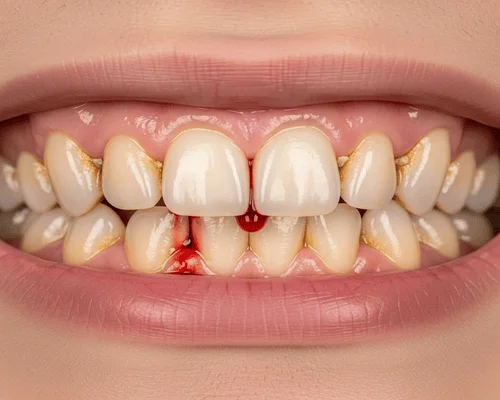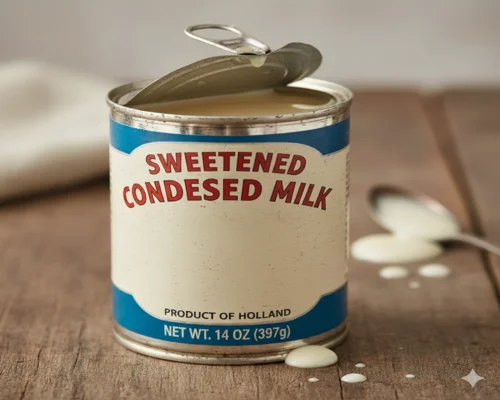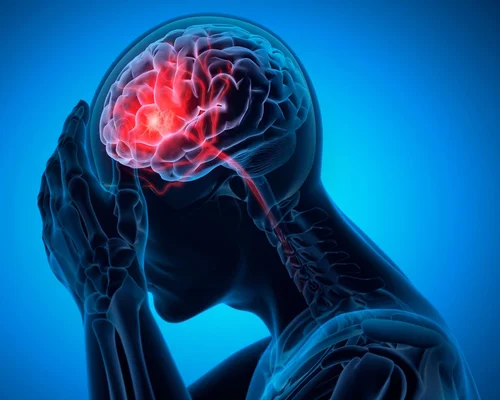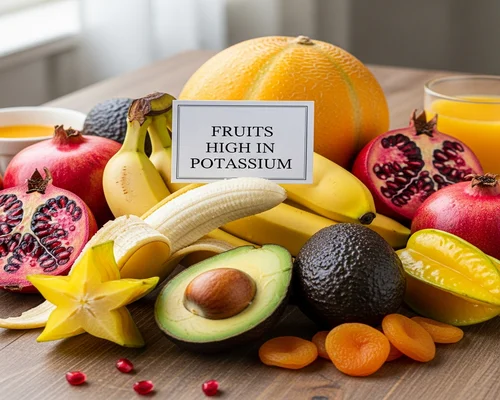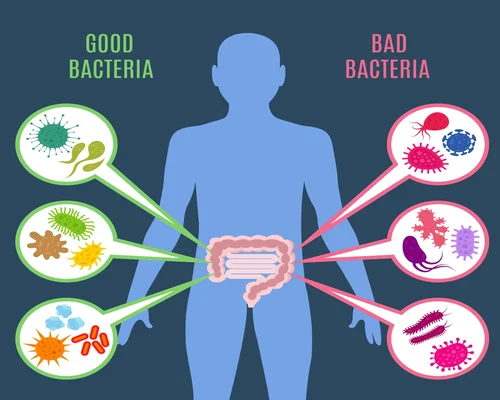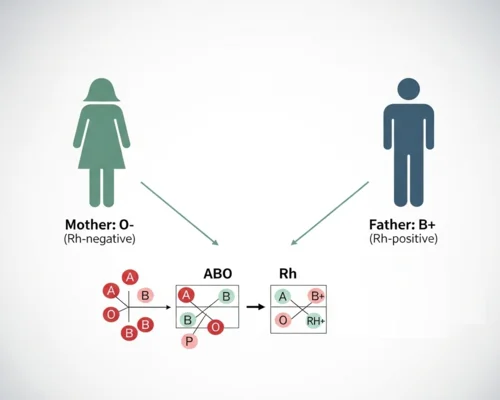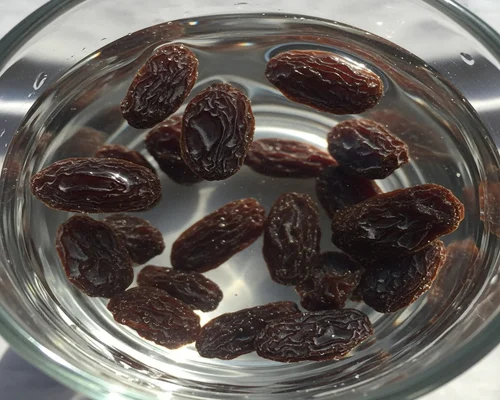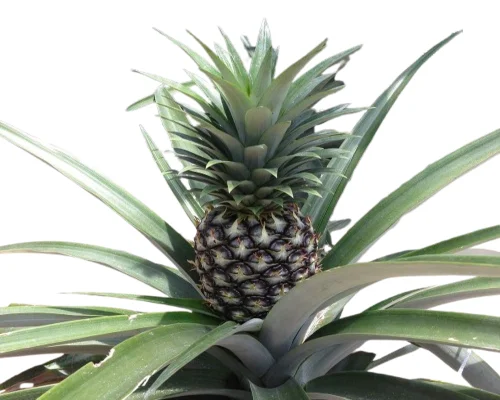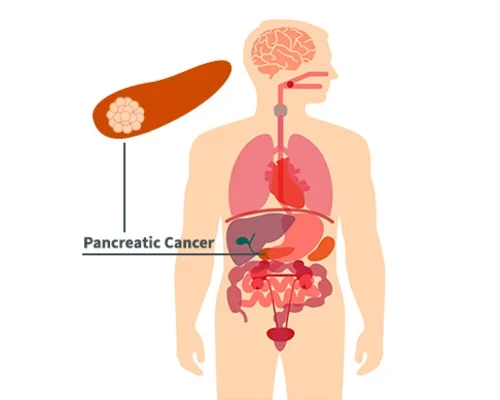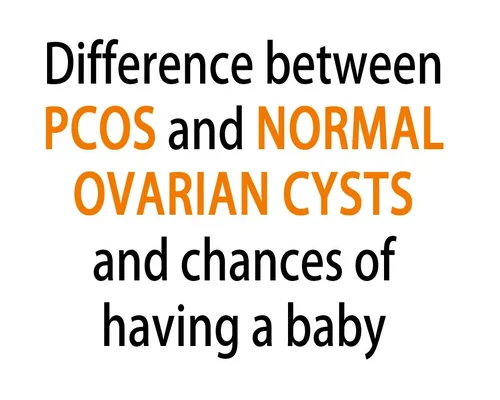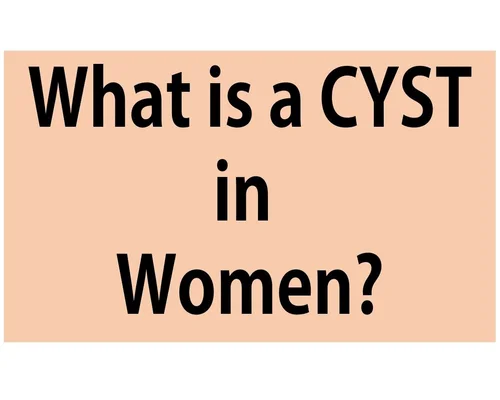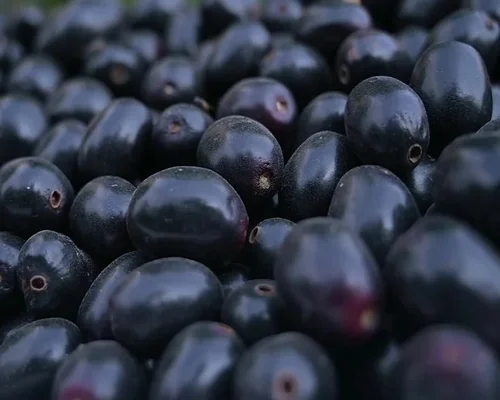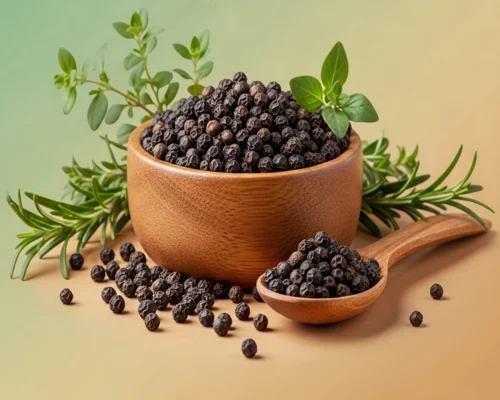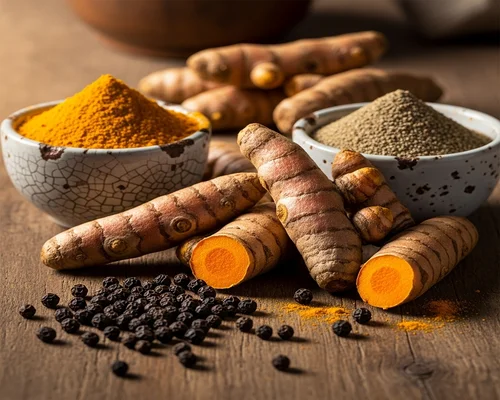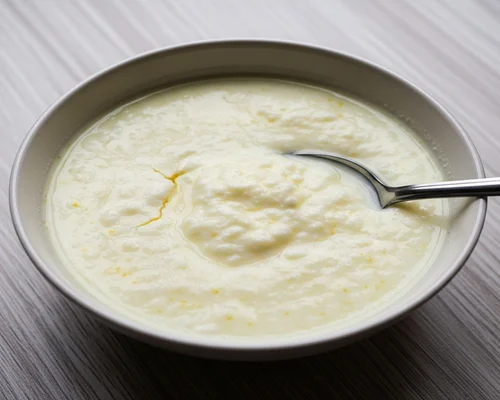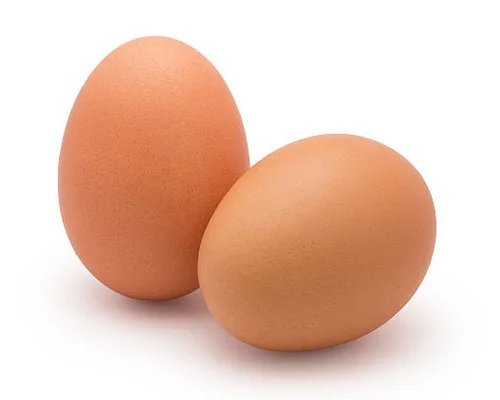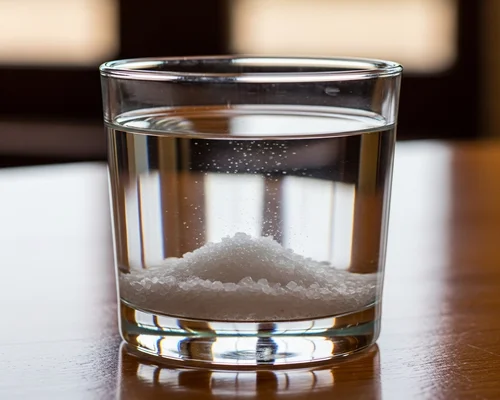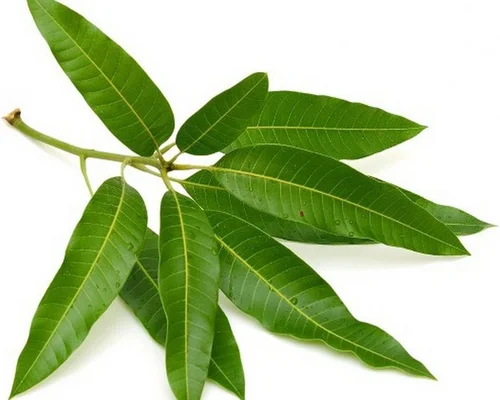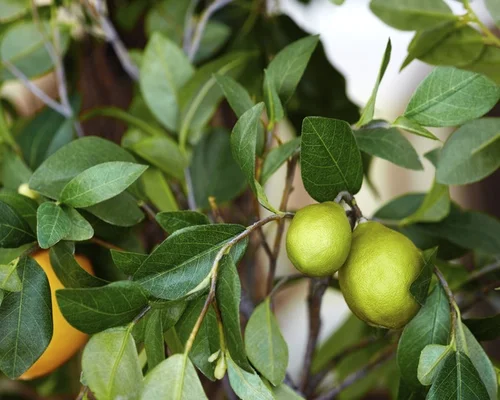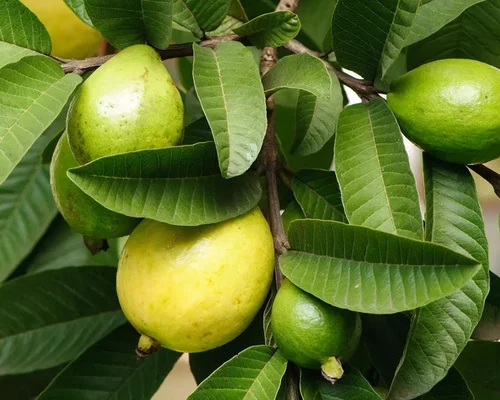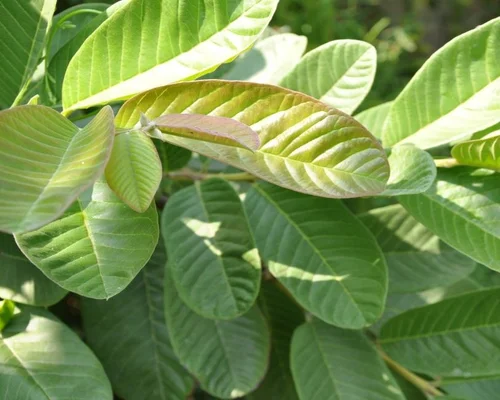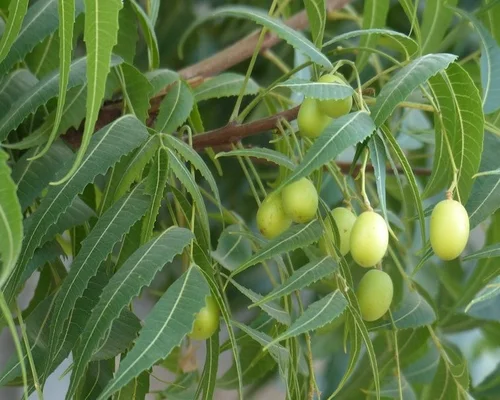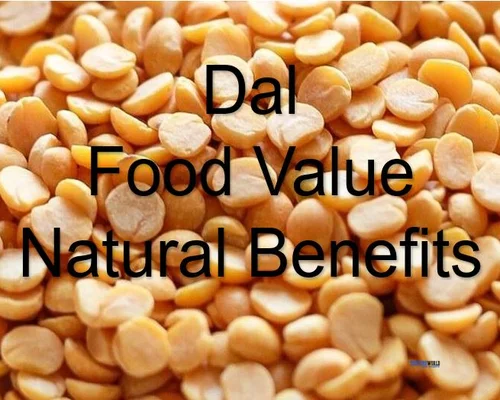
Dal Food Dietary Value And Natural Benefits
Dal food Dietary value and natural benefits of in curing diseases
Dal food to cure disease
A great source of vegetable protein is pulses. A number of pulse crops are grown in the world, such as lentils, mung beans, peas, mashkalai, chickpeas, kesari etc. These grains contain 20-25% protein.
The dry edible seeds of the cultivable hairs are pulses. Artifacts of pulse crops have been found in ancient archaeological sites in both the Old and New Worlds. Dal is one of the cultivated crops in ancient times. Around 10,000 BC cereals and fine crops were often cultivated at the same time.
Pulses are grown in all parts of the world and occupy an important place in the diet.
Food quality
Pulses have more protein than any other grain. Its price is also relatively low. The dal can be stored for a long time due to its low water content and hard seed coat. In addition to dry pulses, several crops are grown for their green edible pods (fruits) and unripe seeds. Nutritionally, other fruits have a distinct difference compared to coarse seeds. Raw fruits are relatively low in protein, but high in vitamins and soluble carbohydrates. Some legumes are eaten as leafy and beetroot vegetables.
Generally, pulses contain 20 to 28 percent protein. The exception is soybeans, which contain about 46 percent protein. The carbohydrate content of pulses is about 60 percent (about 30 percent of soybeans). Pulses are a good source of thiamine and niacin and provide calcium, phosphorus and iron. On average, 100 grams of pulses contain 140 mg of calcium, 300 mg of phosphorus, 345 kcal of energy, 24.5 g of protein, 8 mg of iron, 0.5 mg of thiamin, 0.3 mg of riboflavin and 2 mg of niacin.
Natural benefits and healing rituals Dal Food
In many respects Dal local theology resembles the complete Danasya. Pulses occupy an important place in the list of cultivated crops in all parts of the world.
Dal to cure disease
Pulse protein is low in sulphur-containing amino acids, but rich in the amino acid lysine (low in grains). Hence, the nutritional value of the combination of pulses and cereals is as good as that of animal protein. Second, pulses are a good source of all the B vitamins except riboflavin. More importantly, almost all the vitamins present in the seeds are consumed. For example, in the case of rice, some vitamins are lost during milling and cooking. So dal works well against beriberi disease. Third, although pulses do not contain vitamin-C like cereals, substantial amounts of ascorbic acid are produced during germination. Hence the sprouted dal is an important ingredient that provides protection against scurvy.
Pulses are completely digested and their nutrients are almost completely absorbed by the body. However, if the digestive system is disturbed, the digestion of pulses may be incomplete. So at this time well cooked pulses should be eaten in small quantity.
Use
Pulses are eaten in a variety of ways. Hulled pulses are cooked and eaten with chapati or rice. Unshelled pulses take longer to cook and are difficult to digest. Ground pulses, called besan, are used in a variety of ways. Especially the sprouted seeds of gram are eaten. The nutritional value of germinated seeds is relatively high. Sprouting increases the amount of vitamins, minerals and protein while decreasing the amount of calories and carbohydrates.
Sprouted seeds not only increase their nutritional value, but are also easier to digest. During germination starch is broken down into dextrins and maltose and proteins are broken down into polypeptides, peptides and amino acids.

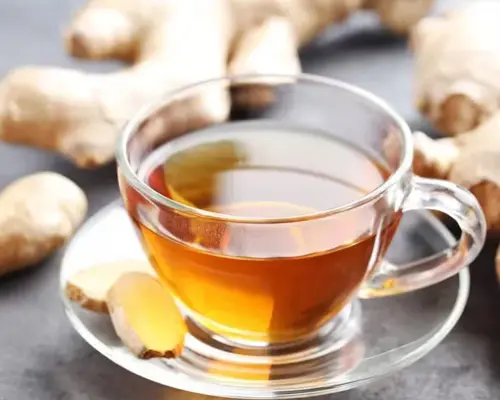
-vegetable.webp)
